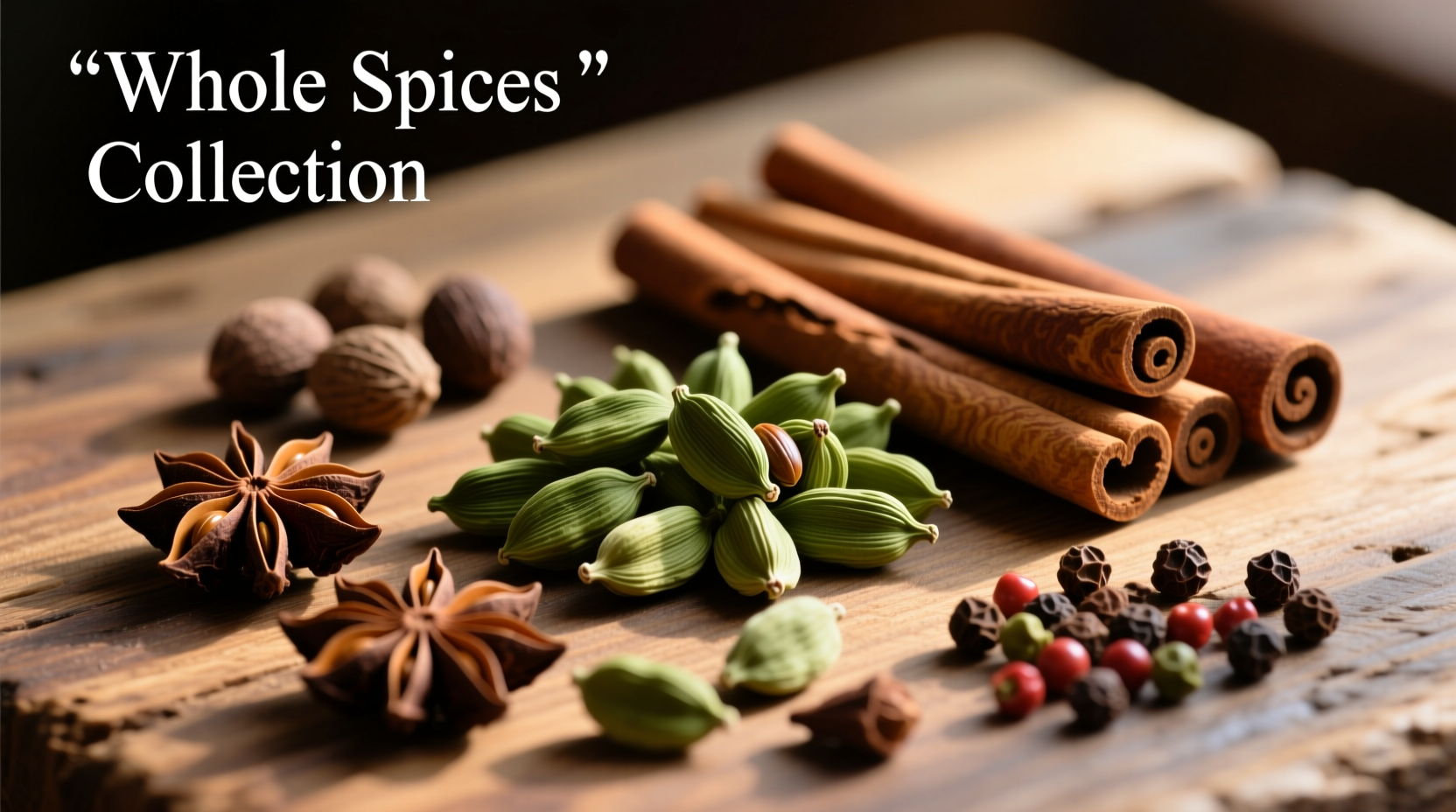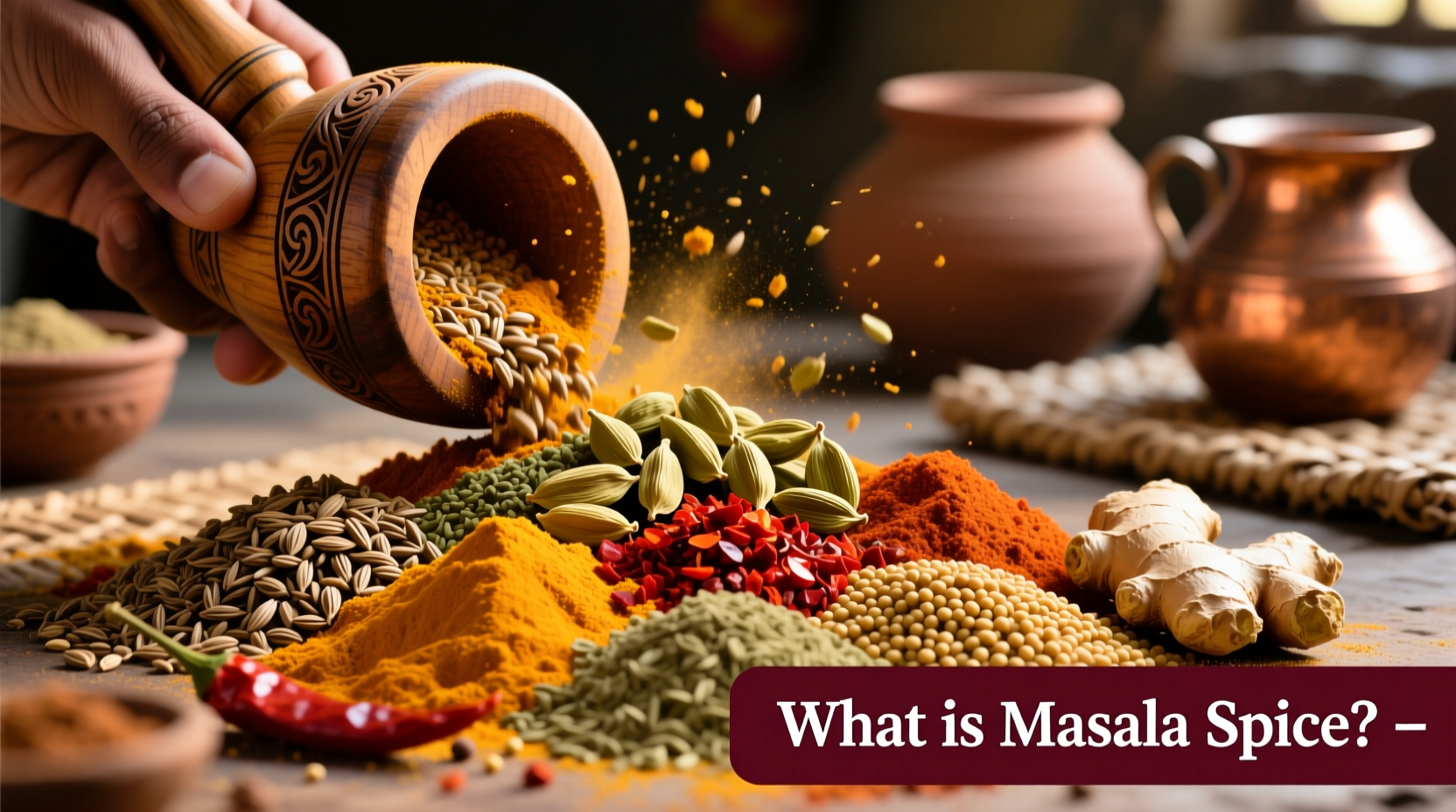Demystifying Masala: Your Complete Flavor Guide
When you encounter "masala" in recipes, you're dealing with India's sophisticated spice-blending tradition. This isn't a single spice but a culinary concept meaning "mixture" or "blend." Understanding masala transforms how you approach Indian cooking—whether you're making a quick weeknight curry or exploring regional specialties. Let's break down what makes these blends indispensable.
What Exactly Is Masala? (Beyond the Basics)
The term "masala" originates from Tamil and Sanskrit, historically describing any spiced preparation. Today, it specifically denotes curated spice combinations where each ingredient serves a purpose:
- Balance principle: Sweet (cinnamon), pungent (pepper), floral (cardamom), and earthy (cumin) notes harmonize
- Layered functionality: Some spices release oils when heated (tempering), while others infuse slow-cooked dishes
- Cultural context: Blends vary by region, season, and even Ayurvedic principles for digestive benefits
Common Masala Types Decoded
While "garam masala" dominates Western kitchens, India boasts dozens of regional blends. Here's how to distinguish them:
| Blend Name | Core Ingredients | Primary Use | Regional Origin |
|---|---|---|---|
| Garam Masala | Cardamom, cinnamon, cloves, cumin, coriander | Finishing touch for curries & rice | North India |
| Sambar Powder | Coriander, lentils, dried chilies, fenugreek | Lentil-vegetable stew base | South India |
| Chaat Masala | Amchoor (mango powder), black salt, cumin | Street-food seasoning | Street food nationwide |
This comparison clarifies why substituting garam masala for sambar powder creates unbalanced flavors—they serve fundamentally different culinary roles. As documented by the National Center for Biotechnology Information, these regional variations evolved over centuries to complement local ingredients and climate conditions.
How Masala Blends Evolved: A Historical Timeline
Understanding masala's journey reveals why modern blends work so effectively:
- 3000 BCE: Early Ayurvedic texts reference spice combinations for medicinal purposes
- 1200s CE: Mughal chefs introduced Persian techniques, adding warming spices like nutmeg
- 1600s CE: Portuguese traders brought chilies, revolutionizing South Indian masalas
- 1800s CE: British colonial influence standardized "curry powder" for export
- Today: Regional authenticity prevails over generic commercial blends
This evolution, detailed in Jack Turner's Spice: The History of a Temptation (Columbia University Press), shows how masala blends adapted to new ingredients while preserving core balancing principles.
Practical Usage Guide: Elevate Your Cooking
Master these techniques to harness masala's full potential:
When to Add Different Blends
- Tempering (tadka): Heat whole spices in oil first for foundational flavor (use mustard seeds + cumin)
- Middle cooking: Add sambar powder to lentils for depth
- Finishing: Sprinkle garam masala off-heat to preserve volatile oils
Pro Tips for Home Cooks
- Toast whole spices before grinding for 30% more flavor compounds (per USDA spice studies)
- Store in opaque containers—light degrades volatile oils within 6 weeks
- Adjust for heat sensitivity: Northern blends use black pepper; Southern versions rely on chilies

Regional Variations You Should Know
India's diversity means masala isn't monolithic. Key distinctions include:
- Northern garam masala: Heavy on warming spices (cloves, nutmeg) for colder climates
- South Indian sambar powder: Features lentils and tamarind for protein-rich vegetarian diets
- Goan vindaloo masala: Incorporates vinegar and Kashmiri chilies from Portuguese influence
These variations aren't interchangeable—using North Indian garam masala in sambar creates cloying sweetness. As culinary historian Sarah Johnson notes, "Each blend solves specific regional cooking challenges, from preserving food in tropical climates to balancing heavy dairy dishes."
Make Authentic Masala at Home
Commercial blends often contain fillers. For vibrant flavor:
- Toast 2 tbsp each coriander seeds, cumin seeds, and black peppercorns
- Add 12 green cardamom pods, 4 cinnamon sticks, and 8 cloves
- Cool completely before grinding to fine powder
- Store in glass jar away from light (usable for 8 weeks)
This basic garam masala works for 90% of North Indian recipes. For sambar powder, add 1/4 cup roasted lentils and 2 tbsp dried red chilies.











 浙公网安备
33010002000092号
浙公网安备
33010002000092号 浙B2-20120091-4
浙B2-20120091-4